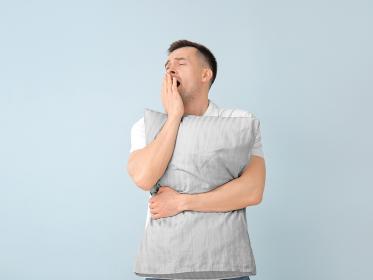What is a Home Sleep Test (HST)?
A home sleep study is a modified sleep study that is performed in your home with a portable monitor. HST is used only to look for obstructive sleep apnea (OSA). Your insurance company may require that if possible any sleep testing be done at home
Difference between Home Sleep Test & inlab sleep test (PSG)?
A home sleep test is performed in your home versus at a sleep lab. Most portable monitoring devices measure oxygen level, heart rate, air flow and breathing effort. It will also record snoring and your position. Sometimes brain waves are recorded as well.
A sleep test that is performed in a sleep lab (a polysomnogram or PSG) will measure the above, but will additionally measure brain waves, sleep time, EKG and leg movements. In addition in the lab there is a licensed sleep technologist who will observe your sleep and make necessary adjustments in the monitoring set-up.
Is HST better than a sleep test performed at the sleep lab?
In patients with a high likelihood of moderate to severe sleep apnea, home sleep testing is comparable to tests performed in the sleep lab. HST tends to underestimate the severity of obstructive sleep apnea (OSA) compared to an in-laboratory sleep test, but it does detect the presence of OSA.
For some sleep problems the in lab study is preferred or is essential. Your at home test may need to be followed by an in lab study
Is it complicated to set up the equipment at home?
Download Home Study Instruction Sheet
Sleeping while using the Home Testing Device
Most people can sleep well with the device in place. You may find it a bit strange at first, but most people do not find it uncomfortable or an obstacle to falling asleep. You will need to sleep with the monitor all night.
Do’s and Don’ts Before The Test
- It is important that you avoid napping on the day of the study.
- Avoid caffeine (coffee, tea, colas, energy drinks, chocolates, etc.) after 12:00 noon on the day of the study.
- Do whatever you would normally, however, we recommend that you do not smoke while wearing the device
- Please take your medications as usual. We also recommend that you discuss with your physician whether your medications will affect the sleep study results.
What happens after the at Home Test?
The morning after your home sleep test, the monitor should be dropped off at the location you received it. A large amount of information is collected during your sleep study. A sleep specialist will analyze this information and a formal report with recommendations will be created. Typically within two weeks you will be contacted from someone from our sleep center staff to discuss your results and treatment options.
